



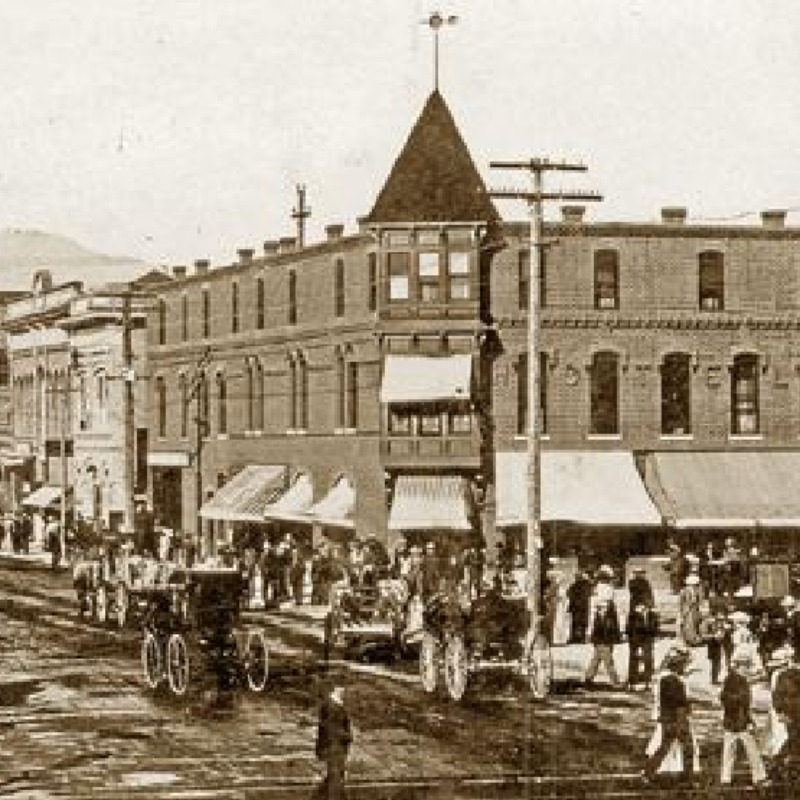
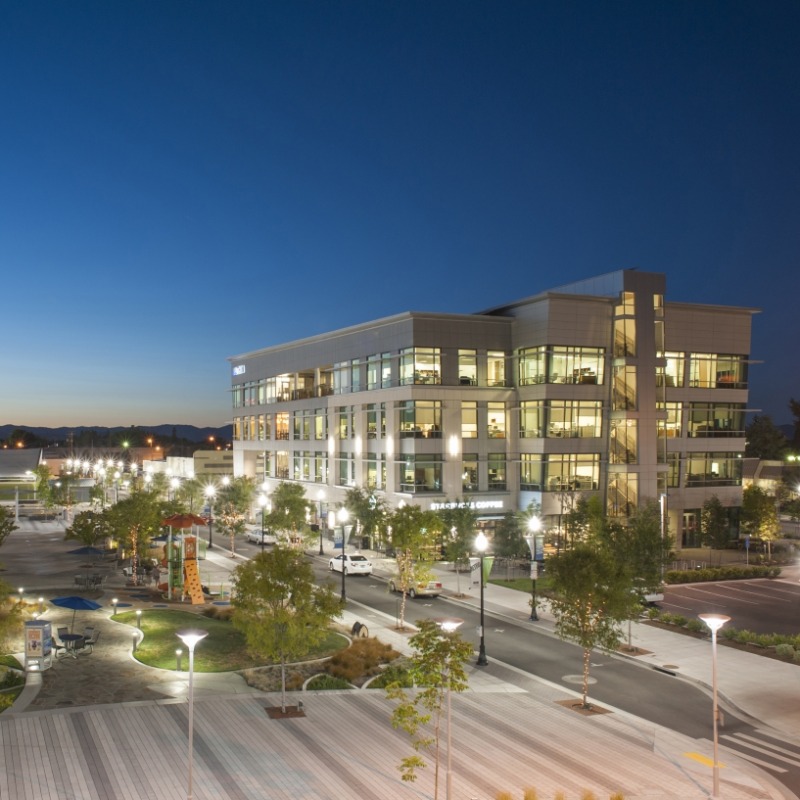
The theaters and buildings in the heart of downtown Medford have a magical history. Today, Medford’s theaters host plays, musicals, dancers and orchestras, and nearly 100 years ago, these theaters amazed patrons with silent films, vaudeville acts and famous performers, including the young Ginger Rogers.
After the Page Theater burned down in 1923, no other Medford theaters could hold a large capacity of people. In 1924, business owner Jeremiah Henry Cooley and attorney Porter Joseph Neff decided to build a new entertainment venue — the Craterian Theater.
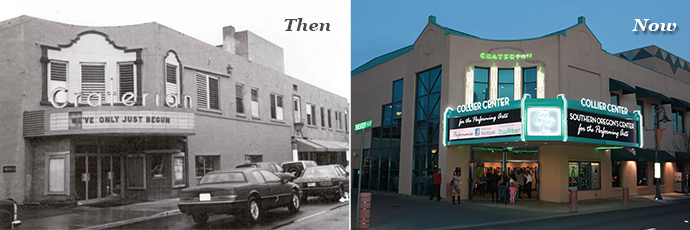
Architect Frank C. Clark designed the Craterian in a Spanish Colonial style. Cooley and Neff used the building for law offices, shops and a theater leased by George A. Hunt. A master of publicity, Hunt held a naming contest for the theater and offered a $25 grand prize. From an overwhelming 1,500 entries, he selected “Craterian” in honor of Crater Lake. During the Craterian’s opening night on October 20, 1924, a crowd of almost 1,200 people watched the play “The Havoc” and listened to Grace “Betty” Brown play music on the grand Wurlitzer organ.
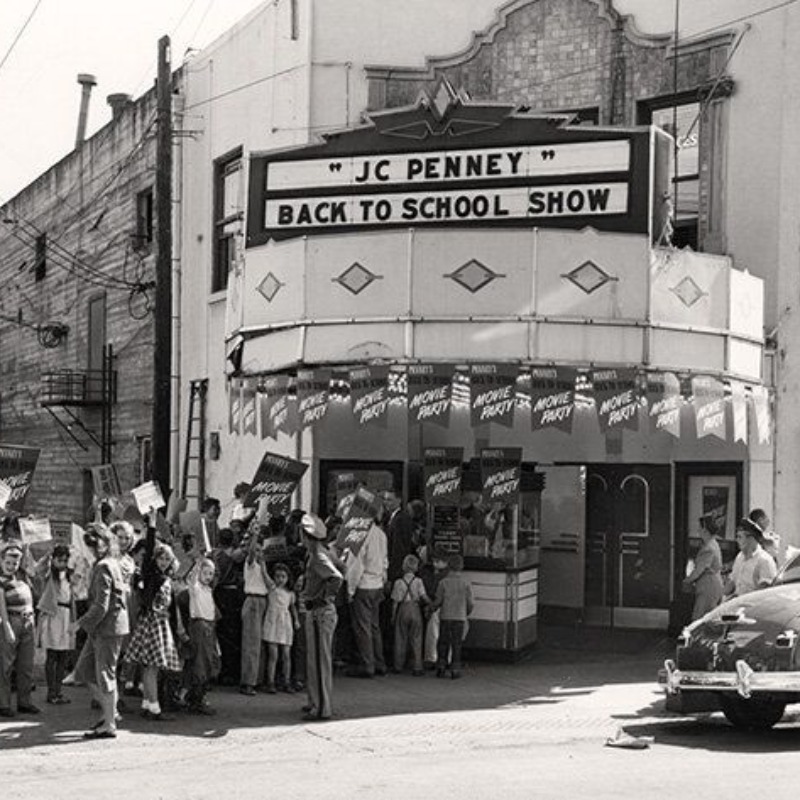
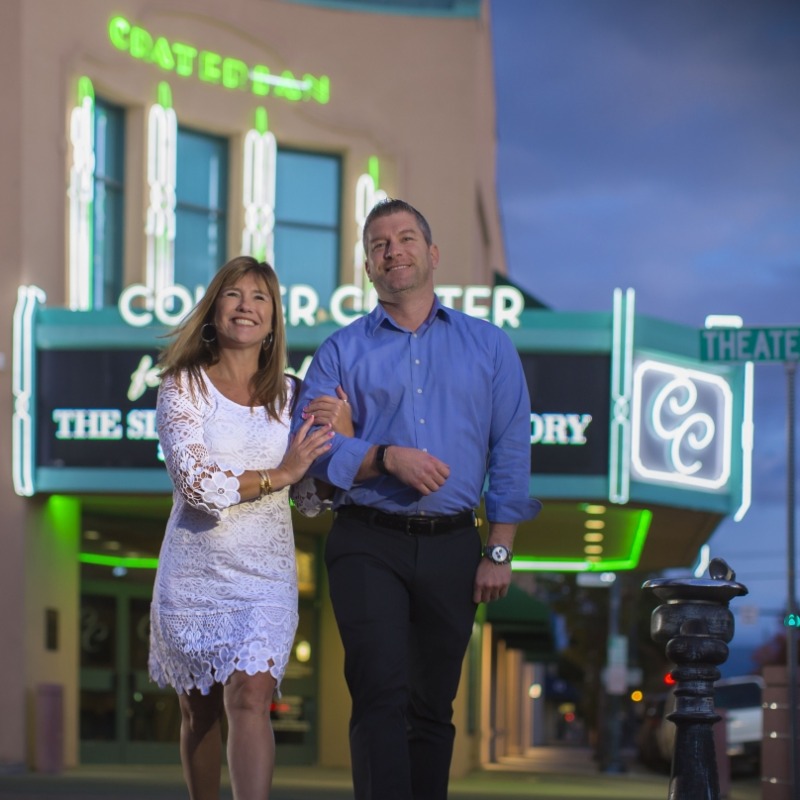
One of the theater’s most famous entertainers, Ginger Rogers, performed on the Craterian stage as a vaudevillian. She had won a Charleston dance contest that allowed her to tour for six months, which at one point brought her to the Craterian. Afterward, she performed in Hollywood, on Broadway and with Fred Astaire. When Ginger Rogers' mother passed away in 1977, she stayed at the 4-Rs (Rogers’ Rogue River Ranch) until 1990, when she sold the property and moved to Medford, where she spent her summers.
As the years passed, audience size decreased at the Craterian. Eventually, the Craterian Performances Company collaborated to help the theater. They received more than $5 million from over 600 people, businesses and foundations, in addition to the city, state, county and the urban renewal agency. Renovation and construction began in 1996, the theater opened in 1997, and has remained a cornerstone of downtown Medford ever since.


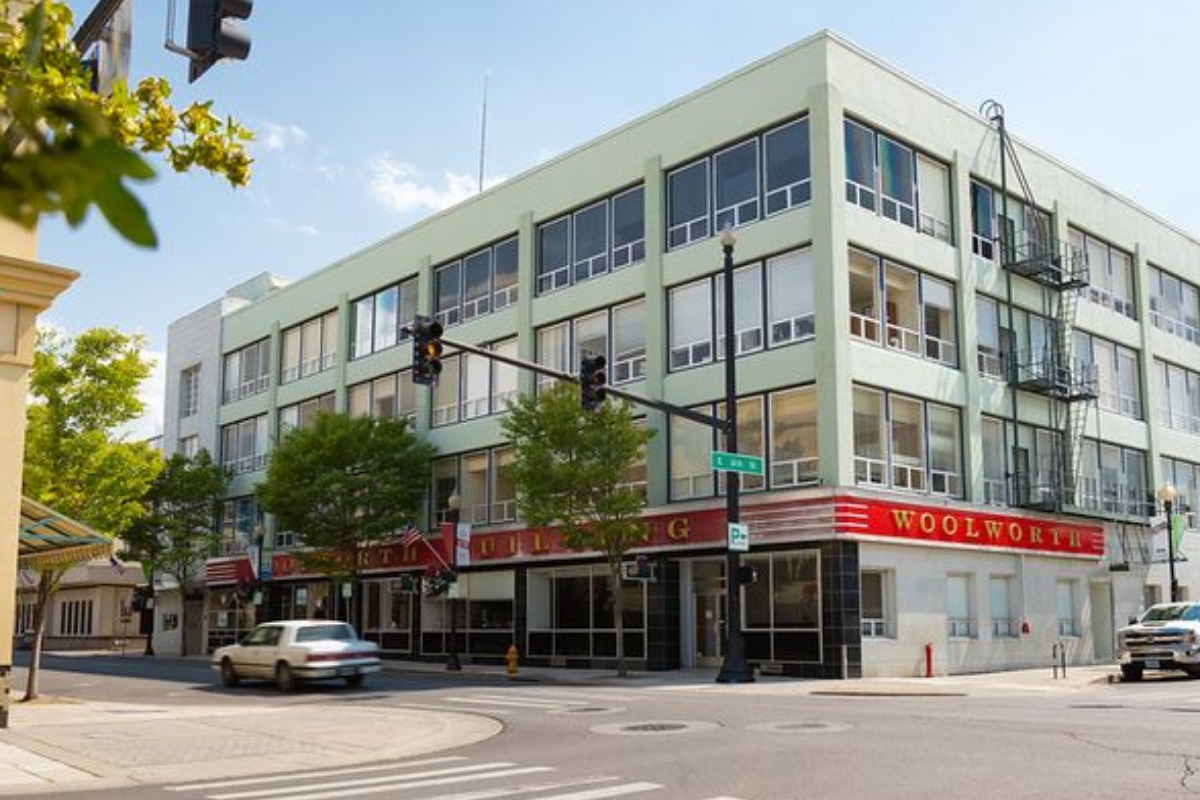
Down the street from the Craterian, the Woolworth Building stands regally in all its early 20th century magnificence. In 1907, former Texan Sam Howard and his two brothers arrived in Medford with their wealthy rancher father. After their father’s death, the boys took control of the family money. The brothers bought two lots on the corner of E. Sixth Street and Central Avenue for $50,000; a hefty $1.3 million today! By September 1910, construction started on the largest building ever seen in Southern Oregon.
Known as the Medford Furniture and Hardware building, it cost $100,000 to construct — over $2.6 million in 2019. The building had many special design features, including the basement, which stretched out underneath the sidewalks and was illuminated by decorative glass tiles within the concrete. F.W. Woolworth Co. leased part of the lower floor in 1937 and remained there until 1988. The building was added to the National Register of Historic Places in 1998 and renamed the Woolworth Building in 2003. Today, the Woolworth Building houses several different businesses, with a mix of retail and office space.


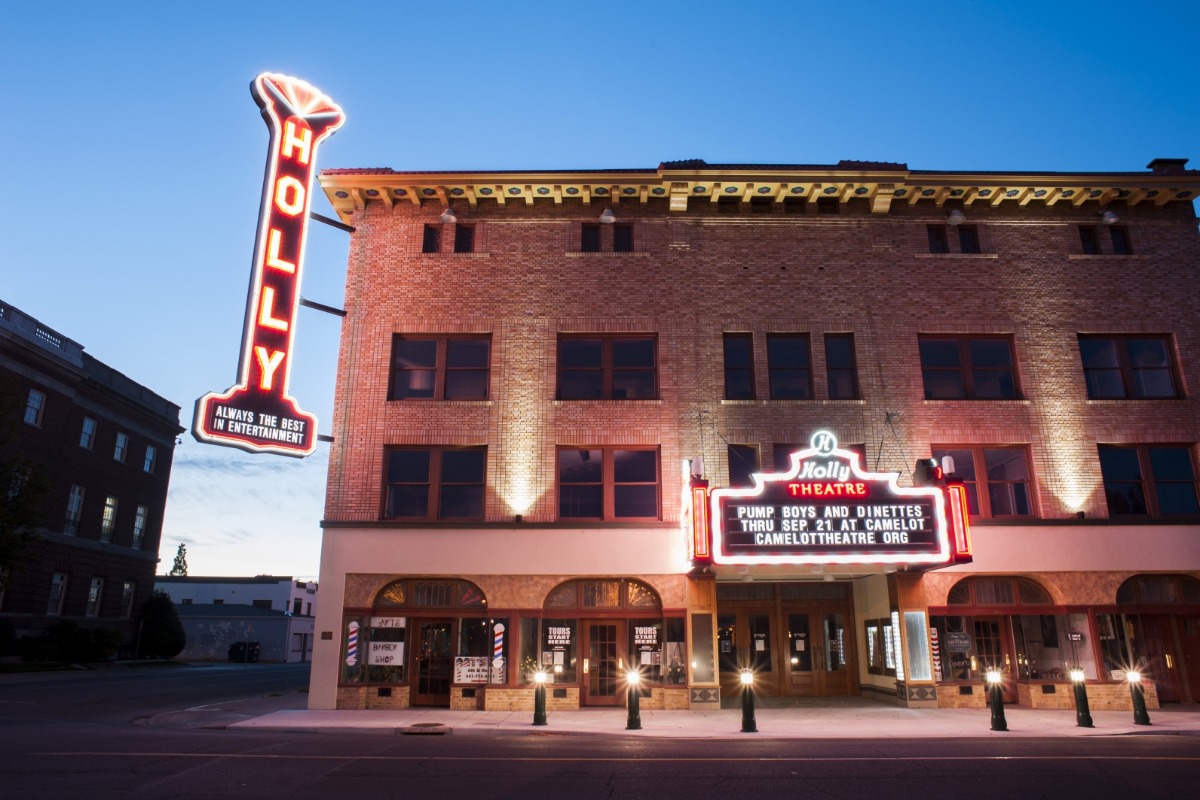
A few blocks away, the Holly Theatre — one of the most luxurious buildings in town — opened in 1930 to an enthusiastic public. Designed by Frank C. Clark, the Holly had the largest illuminated sign in Oregon outside of Portland. It was the largest electrification project in Southern Oregon or Northern California, with hundreds of electric lights and 500 feet of neon. The interior of the Holly was artfully decorated in a Venetian theme, with dark wood trim and bright colors.
Because of changes in the movie industry, the Holly closed in 1986. It was placed on the National Register of Historic Places in 1998, and in 2011, the JPR Foundation purchased the theater and ran full-steam ahead with returning the theater to its former glory. A groundbreaking ceremony was held in February 2019 to mark the next phase of renovations.
Downtown Medford’s theaters and buildings contain decades of history within their layers of brick and mortar. Explore downtown Medford’s modern-day offerings and know you’re walking in the steps of famous dancers, architects and entrepreneurs.